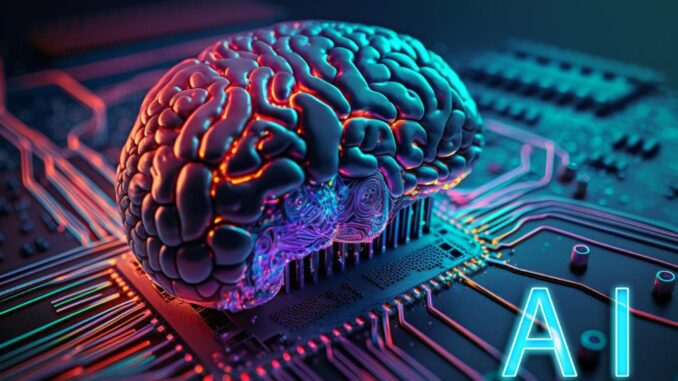
Home automation assistants are AI-powered devices designed to control smart home technology and enhance the convenience, security, and energy efficiency of a household.
They typically use voice recognition and Internet of Things (IoT) technology to interact with various smart devices such as lights, thermostats, locks, cameras, and appliances. Here are some key features and popular examples of home automation assistants:










### Key Features
1. **Voice Control**: Users can give commands using natural language, allowing for hands-free operation of connected devices.
2. **Integration**: They can integrate with various smart home devices, enabling users to control them from a single platform.
3. **Automation Routines**: Users can set up routines or schedules that allow multiple devices to work together automatically, such as turning off lights and locking doors at bedtime.
4. **Remote Access**: Many home automation assistants allow users to control their smart devices remotely via mobile apps.
5. **Personalization**: These systems can learn user preferences over time, providing personalized recommendations and automations.
6. **Security Features**: Some assistants can monitor security cameras, send alerts, and integrate with smart locks and alarms.
7. **Energy Management**: They can help monitor and optimize energy usage in the home by controlling smart thermostats and lights.
### Popular Home Automation Assistants
1. **Amazon Alexa**: Available on Amazon Echo devices, Alexa can control a wide range of smart home devices, play music, set alarms, and answer questions. It supports a vast ecosystem of compatible devices.
2. **Google Assistant**: Used in Google Nest products and can also be found on smartphones, Google Assistant can control smart home devices, answer queries, and integrate with Google services.
3. **Apple HomeKit**: This is a framework that allows users to control their HomeKit-compatible devices through Siri, as well as through the Home app. It emphasizes privacy and security.
4. **Samsung SmartThings**: A smart home platform that can integrate with various devices, offering users the ability to automate and control their home environment via the SmartThings app.
5. **Microsoft Cortana**: Although it has shifted focus and isn’t as prominent in the smart home space as others, it can still be integrated into some devices.
### Benefits of Home Automation Assistants
– **Convenience**: They simplify tasks and reduce the need for manual operation of devices.
– **Energy Savings**: By automating lighting and temperature control, users can potentially reduce energy consumption.
– **Enhanced Security**: Home automation assistants can help monitor and secure homes by controlling cameras and locks.
– **Comfort**: Users can create personalized environments that cater to their preferences, enhancing their living experience.
As smart home technology continues to evolve, home automation assistants are becoming smarter and more ubiquitous, making it easier for homeowners to manage their environments efficiently.


Leave a Reply